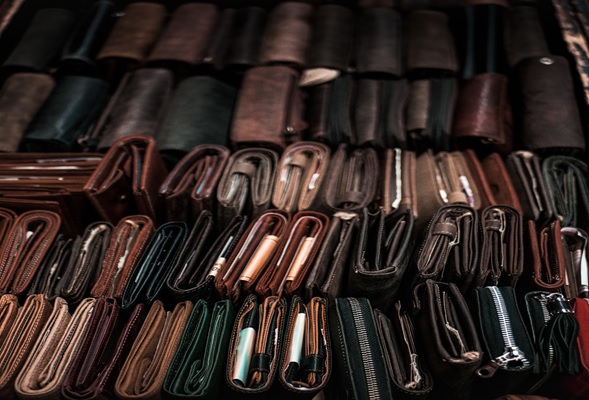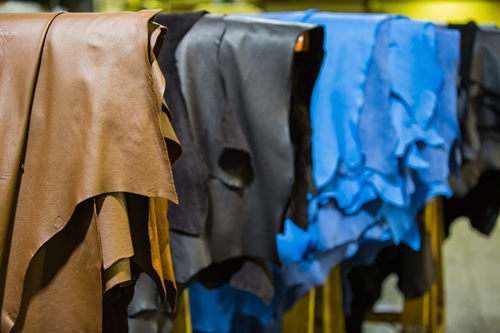Leather as an Environmentally Friendly Product
Many of us treasure those leather items we love so much; however, we rarely stop to think about their origin or how an animal hide becomes a finished product with various textures and finishes. Leather is often considered an environmentally friendly material, and here we explain why.
First of all… What is leather?
Leather is a product derived from animal hide that has been tanned. Its well-known properties—flexibility, durability, strength, among others—have earned it a respected place as a preferred material throughout history. It is also a biodegradable product.
Natural Origin
Hides come from natural sources, meaning real leather comes from animals such as cattle, goats, horses, pigs, fish, deer, and reptiles.
Some reptiles and birds are especially valued for their hides, such as crocodile, caiman, snake, and ostrich, among other rare types.
There are international regulations regarding the trade of endangered species hides to ensure their conservation. The “Convention on International Trade in Endangered Species of Wild Fauna and Flora” provides detailed information on this topic.
 Photo by Julius Drost on Unsplash
Photo by Julius Drost on Unsplash
The origin of animal hide products is natural and should not be confused with “vegetable leather,” which is an imitation made by combining certain types of rubber with cotton. Despite its name, vegetable leather is synthetic due to its chemical composition.

Environmentally Friendly Product
The topic of modern production and its environmental impact is widely debated today. Regarding leather production and natural hide processing, there are methods to treat, tan, and produce leather without causing any type of pollution.
With growing environmental awareness, more eco-friendly processes have been implemented across various industries. The leather goods industry has joined the “eco-friendly” movement, developing innovative techniques in tanneries that avoid the use of harmful chemicals.
This trend has also grown due to a public increasingly conscious of environmental issues. Leather producers understand that greener products appeal to more demanding customers who value sustainable material use and non-polluting production throughout the product’s life cycle.
Furthermore, animal leather is biodegradable. Its origin is organic, coming directly from nature, and therefore it naturally has a life cycle and will eventually decompose—unlike synthetic materials. This is another reason why leather is considered an environmentally friendly product.
Use of Leather
Many concerns focus on the moral aspect of using animal hides. However, it is often noted that animal hides are a byproduct after the animal dies and its meat is consumed as food. Historically, humans have made use of these hides, taking advantage of their qualities for multiple purposes.
At Qiwa, we work with the highest environmental standards, using real leather that is 100% hand-treated. Contact us now for more information.